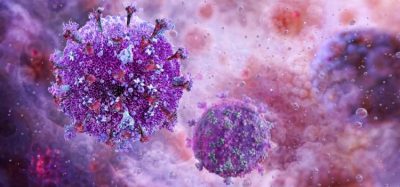Promising biocompatible and biodegradable drug nanocarriers for cancer treatment and bone defect repair
Posted: 17 February 2021 | Tsun-Kong (TK) Sham, Ying-Jie Zhu | No comments yet
Drug nanocarriers based on calcium phosphates and calcium silicates have attracted much interest in recent years owing to their excellent biocompatibility and biodegradability, high drug loading capacity, sustained and targeted drug delivery and promising applications in cancer therapy and bone defect repair. However, the research on drug-carrier interactions is a significant challenge. Herein, we introduce our recent studies on tracking drug-nanocarrier interactions by X-ray absorption near edge structure and X-ray spectromicroscopy using synchrotron radiation.


Nanocarriers of calcium silicate and calcium phosphate have been intensively investigated for applications in drug delivery and bone defect repair owing to their high biocompatibility, good bioactivity, appropriate biodegradability, high drug-loading capacity, sustained and targeted drug delivery as well as pH-responsive drug release behaviour. They are ideal platforms for targeted drug delivery because drug release is inhibited during systemic circulation at the physiological pH 7.4 and the drug is released only in the acidic environment of cancer cells. Readers may refer to several review articles for recent advancements in nanocarrier drug delivery systems based on calcium phosphates and calcium silicates.1-6 Despite many studies on drug delivery, the research on drug‑carrier interactions at the molecular level remains a great challenge and is still lacking.
Issue
Related topics
Drug Delivery Systems, Drug Development, Nano-medicine, Technology









